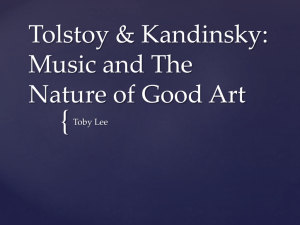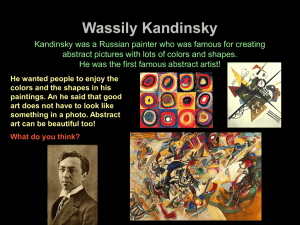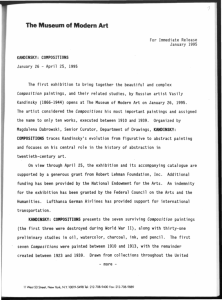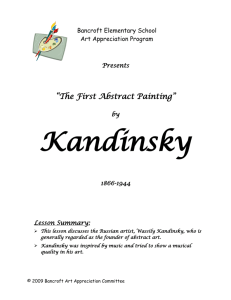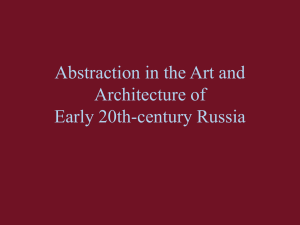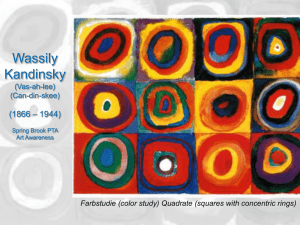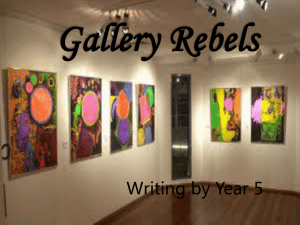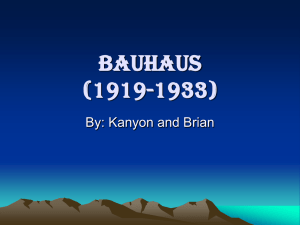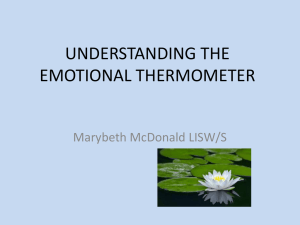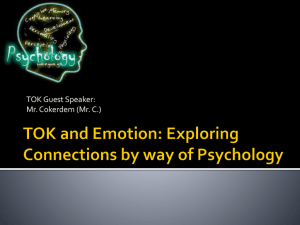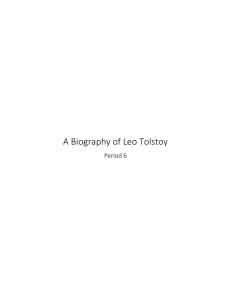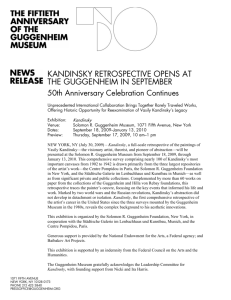Tolstoy, Music, and The Nature of Good Art
advertisement
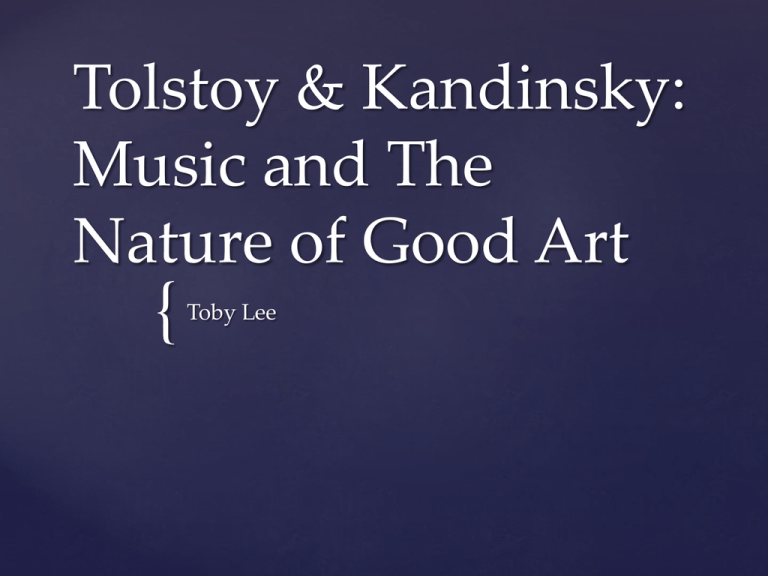
Tolstoy & Kandinsky:
Music and The
Nature of Good Art
{
Toby Lee
Leo Tolstoy (1828-1910)
Russian
Believed that art served to communicate emotion
Theory on art aligns with the Expressionist
Movement art
Background on Tolstoy
Tolstoy states that in spectating a work of art a
type of contract always exists between an artist
and his or her audience.
“Every work of art causes the receiver to enter
into a certain kind of relationship both with
him who produced, or is producing, the art,
and with all those who, simultaneously,
previously, or subsequently receive the same
artistic impression.” (49)
Tolstoy’s Theory of Art
Tolstoy also contends that art is unifying.
“The activity of art is based on the fact that a
man, receiving through his sense of hearing or
sight another man’s expression of feeling, is
capable of experiencing the emotion which
moved the man to express it.” (49)
Tolstoy emphasizes that the principle characteristic of good art
is a kind of conscious and intelligible transmission of emotion
from the artist to the audience.
“Art is a human activity consisting in this, that one man,
consciously, by means of certain external signs, hands on to
other’s feelings he has lived through and that other people are
infected by these feelings and also experience them.” (51)
“Simple music has a far stronger effect. There are composers I
must make an effort to understand, but this [simple] music
enters the soul.”
Tolstoy’s more all-encompassing definition of art allows for a
number of different mediums to be considered art so long as
they deliberately transmit visceral emotion. Do you think that
music is a more fitting vehicle of transmitting emotion than
painting? Why or why not?
Kandinsky (1866-1944)
Russian painter and art theorist
Pioneer of Abstract art
His works of 1913 are considered one of the first
manifestations of completely abstracted art in art
history
Heavily influenced by a love of music
Wassily Kandinsky
For Kandinsky, the abstraction of form and
color was absolutely essential to the
transmission of emotion.
Kandinsky strove to let the emotion in art
speak for speak for itself as opposed to let the
harsh realities of realistic form and color distort
the emotional output of his work.
Kandinsky suggested that music was superior
to painting due to it’s inherent abstraction
Kandinsky on Music and
Emotion
Created in 1911 in Munich, Germany
Founded and led by Kandinsky and Franz
Marc, a German Expressionist
Formed on a premise of creating art that lacked
the restrictive components of realistic form and
color, in order to allow emotion to be at the
forefront of a work
Der Blaue Reiter comes from Kandinsky’s
painting of the same name created in 1903
Der Blaue Reiter (The Blue
Rider)
Wassily Kandinsky – Der Blaue Reiter
1903
Oil on Canvas
60 cm
What emotion did you feel in the three pieces? Did it
align with the emotions you felt in looking at
Kandinsky’s work?
Do you think Kandinsky’s claim regarding music’s
supremacy over painting is correct? In regard to
Tolstoy’s theory about emotional transferal in art,
does one medium of art more effectively conveys
emotion?
Of the three compositions, did you think any would
be considered effective works of art in Tolstoy’s
theory?
What about one of the three pieces is successful in
translating the emotional charge of the artist to the
viewer?
Concluding Questions
